Nikon 18-55mm 1:3.5-5.6G vr AF-S DX Nikkor is the third version whale lens from Nikon introduced in the fall of 2007. The lens was introduced with the camera. Nikon D60 and feels good on any Nikon DX series camera.
A line of standard (i.e. 'whale') class 18-55 / 3.5-5.6 lenses for cameras Nikon DX:
- Nikon 18-55mm 1: 3.5-5.6G ED AF-S DX Nikkor SWM Aspherical - first version. It was produced from 2005 to 2006. It exists in two colors - black and gray / silver. Announced with the camera Nikon D50.
- Nikon 18-55mm 1: 3.5-5.6GII ED AF-S DX Nikkor SWM Aspherical - second version. It was produced from 2006 to 2007. There are no serious differences from the first version, the lenses use the same optical circuit. It exists in two colors - black and gray / silver. Announced with the camera Nikon D40.
- Nikon 18-55mm 1: 3.5-5.6G VR AF-S DX Nikkor SWM Aspherical - third version. It was produced from 2007 to the present day. Has a built-in image stabilizer (Nikon VR, Vibration Reduction). Unlike the first two, it does not have 'ED'-elements in its optical scheme. Announced with the camera Nikon D60.
- Nikon 18-55mm 1: 3.5-5.6GII VR II AF-S DX Nikkor - the fourth version. It has been produced since 2013. Unlike the third version, it has a new optical circuit and can be folded compactly for transportation. Updated stabilization system. For the first time he could be seen with a camera Nikon D3300.
- Nikon DX AF-P Nikkor 18-55mm 1: 3.5-5.6G - fifth version. Available since January 2016. It has a new optical circuit and a new stepper focus motor. Went on sale with the camera Nikon D3400.
- Nikon DX VR AF-P Nikkor 18-55mm 1: 3.5-5.6G - the sixth version. The same as the fifth version, but with a built-in image stabilizer. It was presented simultaneously with the fifth version. Went on sale with the camera Nikon D3400.
- Nikon Nikkor Z DX 16-50 1: 3.5-6.3 VR - seventh version, for mirrorless cameras such as Nikon z50... Available from Fall 2019. New optical design, foldable body, reduced aperture and built-in image stabilization.
Sigma at one time produced an interesting alternative to similar whale lenses in the face of a faster Sigma Zoom 18-50mm 1: 2.8-4.5 DC OS HSM.
Main technical specifications of Nikon 18-55mm 1: 3.5-5.6G VR AF-S DX Nikkor SWM Aspherical:
| Review Instance Name | Nikon 18-55mm 1: 3.5-5.6G VR AF-S DX Nikkor SWM Aspherical |
| Basic properties |
|
| Front Filter Diameter | 52 mm, plastic thread for filters |
| Focal length | 18-55 mm EGF for Nikon DX cameras is 27-82.5 mm |
| Zoom ratio | 3.06 X (it’s customary to talk just about 3x zoom) |
| Designed by | for digital cameras Nikon DX |
| Number of aperture blades | 7 rounded petals |
| Tags | focal lengths for 18, 24, 35, 45, and 55 mm; bayonet mount tag and lens hood mounts. |
| Diaphragm |
The lens is deprived of the aperture control ring, control is via the camera menu (G - lens type) |
| MDF | 0.28 m, maximum magnification ratio for macro photography is 1: 3.2 |
| The weight | 265 g |
| Optical design | 11 elements in 8 groups. The optical system includes 1 aspherical element (in the optical scheme, the aspherical element is shown in blue). Hybrid asferica - glass base with layered plastic.
The image of the circuit is clickable. |
| Lens hood | Nikon HB-45, bayonet type (not supplied, and must be purchased separately) |
| Manufacturer country | MADE IN THAILAND |
| Instructions | View–> |
| Period | From November 2007 to the present day (at least until the fall of 2016), subsequently replaced / supplemented by a lens Nikon 18-55mm 1: 3.5-5.6GII VR II AF-S DX Nikkor. |
| Price | View -> |
The previous two lens versions have 1 Nikon ED (Extra-low Dispersion) and 1 aspherical element, and Nikon 18-55mm version 1: 3.5-5.6G vr It has only one aspherical element and does not have ED glasses. The optical schemes of all three lenses can be viewed here.
But unlike versions ED и ED II, Nikon 18-55mm 1:3.5-5.6G vr It has an image stabilizer that allows you to deal with blurry pictures when shooting with your hands. It is stated that the stabilization system can compensate up to 3 steps by shutter speed, that is, VR will allow you to shoot with shutter speed 8 times longer than required in the absence of a stabilization system. In fact, the stabilizer works a little more modestly than stated. Gimbal operation on Nikon 18-55mm f / 3.5-5.6G VR may jerk a little in the optical viewfinder - this is normal.
Focal length from 18 to 55 mm very handy when used on Nikon DX cameras. This range allows you to get photos with a wide angle of view at 18mm. The zoom on the lens is quite modest, only 3x. because of crop factor EGF lens will be 27-82.5mm.
Nikon 18-55mm 1: 3.5-5.6G VR uses filters with a diameter of 52 mm, for a start I recommend to get protective filter.
Nikon 18-55mm 1: 3.5-5.6G VR body is made of plastic, even the mount is plastic. The lens itself is made in Thailand. The Nikon 18-55mm 1: 3.5-5.6G VR may include a plastic hood HB-45.
Nikon 18-55mm f / 3.5-5.6G VR lens has mediocre aperture, at 18 mm you can open the maximum aperture up to F / 3.5, and at 55 mm only up to F / 5,6. You can close the aperture up to F / 22 at 18 mm and up to F / 36 at 55 mm. The image stabilizer comes to the aid of a small aperture. But the diaphragm of the lens has 7 rounded petals that allow you to get even circles in the blur zone, you can even squeeze some bokeh by 55 mm.
Focusing
Nikon 18-55mm f / 3.5-5.6G focuses quietly thanks to 'SWM'-motor (Silent Wbird Motor - quiet wave / ultrasonic motor) and refers to the lens'AF S'type (with built-in motor focusing), and therefore it will automatically focus on any Nikon digital SLR camera.
The lens will automatically focus on all Nikon DSLR cameraseven on amateur series models Nikon DXthat do not have a built-in focus motor: D40, D40x, D60, D3000, D3100, D3200, D3300, D3400, D3500, D5000, D5100, D5200, D5300, D5500, D5600as well as mirrorless cameras Nikon Z with adapter FTZ / FTZ II.
Auto Focus Speed - average. Focusing speed is enough for comfortable work in most photo tasks. The speed of the lens is similar to other similar lenses from Nikon. While creating a review on cameras Nikon D90, D200, D40x, D700 the lens focuses tenaciously and does not release objects from the field of sharpness. Focusing strength is significantly reduced in low light.
During focusing, the trunk of the lens spins and drives forward. The focus ring is uncomfortable, very narrow. When changing the focal length, the front lens does not rotate.
The minimum focusing distance is only 28 cm, while you can shoot Macro with 1: 3.2 magnificationThat is a very good indicator. Nikon 18-55mm f / 3.5-5.6G does not have a window with a distance scale, depth of field scale and other useful marks.
In manual focus mode, the ring rotates approximately 45 degrees, when it reaches the extreme positions it abuts.
On the lens housing you can find focus switch 'A - M'... In the 'A' position, autofocus works, and in the M position, manual focus. There is no continuous manual focus control. During autofocus, the rotating focus ring must not be touched.
Sample Photos
Examples of photographs were shared by the reader of Radozhiva. All photos - on-camera JPEG without processing from the camera Nikon D40x.
Jpeg source photos download from this link (156 photos, 700 MB).
Examples on the FX camera
All photos in the gallery below are shot on Nikon D700 in FX and DX modes, this is indicated in the imprinted data. Photos without processing, only reduced the size to 3 megapixels. This time I got bored of writing a review about a whale lens and tried to squeeze the most out of it on a full-frame camera. As it turned out, starting from 24 mm focal length the lens is quite suitable for use on a full frame, the vignette can be corrected on a computer, and at 55 mm vignetting is almost imperceptible.
Image quality
Oddly enough, the lens is sharp enough in the center of the frame at any focal length. At the edges and corners of the image, sharpness drops significantly. The lens holds back light well, has good contrast and good color rendition. It suffers slightly from chromatic aberration and distortion at 18 mm. Chromatic aberrations are most noticeable at the corners and edges of the image. The distortion is pretty small for a lens of this class. Overall image quality is acceptable.
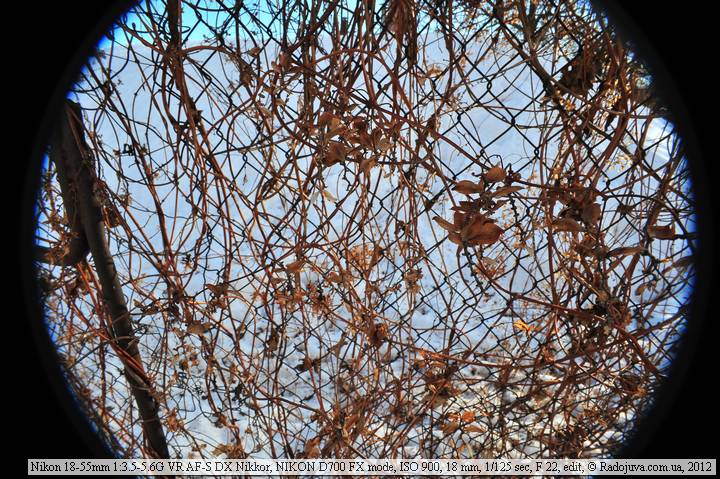
Black angles when using Nikon 18-55mm 1: 3.5-5.6G VR AF-S DX Nikkor on a full-frame camera
Personal experience
I love the simple and lightweight Nikon 18-55mm f3.5-5.6G AF-S VR DX Nikkor and the like. They allow you to get excellent images in wide-angle range on Nikon crop cameras.
As a wide-angle, nothing is cheaper and better than the Nikon 18-55mm VR. Of course, the lens does not have super aperture, but it is not always needed and not always important. I had a similar lens for a long time Nikon 18-55mm f / 3.5-5.6GII ED AF-S DX Zoom-NikkorI constantly took hiking, you quickly get used to the low zoom ratio.
You can see the prices for the lens in popular stores. at this link.
Comments on this post do not require registration. Anyone can leave a comment. Many different photographic equipment can be found on AliExpress.
An accurate list of all Nikon DX Nikkor lenses
- 10.5 mm/ 2.8G AF Fisheye [gold ring]
- 35 mm/1.8G AF-S
- 40 mm/2.8G AF-S Microphone
- 85 mm/3.5G AF-S VR Microphone
- 10-20 mm/4.5-5.6G AF-P VR
- 10-24 mm/3.5-4.5G AF-S
- 12-24 mm/4G AF-S [gold ring]
- 16-80 mm/ 2.8-4IN AF S VR [gold ring]
- 16-85 mm/3.5-5.6G AF-S VR
- 17-55 mm/2.8G AF-S [gold ring]
- 18-55 mm/3.5-5.6G AF-S [black / silver]
- 18-55 mm/3.5-5.6GII AF-S [black / silver]
- 18-55 mm/3.5-5.6G AF-S VR
- 18-55 mm/3.5-5.6GII AF-S VR
- 18-55 mm/3.5-5.6G AF-P
- 18-55 mm/3.5-5.6G AF-P VR
- 18-70 mm/3.5-4.5G AF-S
- 18-105 mm/3.5-5.6G AF-S VR [Thailand / China]
- 18-135 mm/3.5-5.6G AF-S
- 18-140 mm/3.5-5.6G AF-S VR [Thailand / China]
- 18-200 mm/3.5-5.6G AF-S VR [Japan / China]
- 18-200 mm/3.5-5.6GII AF-S VR
- 18-300 mm/3.5-5.6G VR
- 18-300 mm/3.5-6.3G VR
- 55-200 mm/4-5.6G AF-S [black / silver, Japan / China]
- 55-200 mm/4-5.6G AF-S VR
- 55-200 mm/4-5.6GII ED VR
- 55-300 mm/4.5-5.6G AF-S VR
- 70-300 mm/4.5-6.3G AF-P
- 70-300 mm/4.5-6.3G AF-P VR
Results
Nikon 18-55mm 1: 3.5-5.6G VR AF-S DX Nikkor SWM Aspherical is a balanced kit lens with stabilizer. Whale lenses have a bad reputation that doesn't always match the truth. I recommend Nikon 18-55mm 1: 3.5-5.6G VR as the first budget lens for Nikon DX cameras.
- low cost in the secondary market
- convenient set of focal lengths
- compact sizes
- bayonet type hood
- optical design uses an aspherical element
- good maximum magnification ratio for macro shooting, which is 1: 3.2
- ultrasonic built-in focus motor
- the presence of a lens profile in most popular RAW converters (certainly there is in ACR, Lightroom)
- built-in image stabilizer
- good optical performance (good sharpness on covered apertures in the center of the frame, normal sharpness on open apertures in the center of the frame, other parameters are within the normal range for this kind of lens)
10 main disadvantages
- small stroke of the focus ring, insufficiently convenient manual focus
- low focusing speed (at the same time convenient enough for a large number of amateur photo tasks)
- plastic mount
- no hood included
- rotation of the focus ring during auto focus and as a result there is no constant manual focus mode M / A or A / M or the like (appeared in Nikon AF-P 18-55 / 3.5-5.6G VR)
- lack of dust and moisture protection (for example, such SMC Pentax-DA 1: 3.5-5.6 18-55mm AL WR)
- the optical circuit is devoid of one low dispersion element, which was the previous version Nikon 18-55GII
- lens weight increased by 60 grams compared to the previous version Nikon 18-55GII
- rear lens movement while changing focal length
- palpable barrel-shaped distortion 18 mm focal length, tangible vignetting 18 mm focal length, poor resolution at 18 mm in the corners of the frame on open apertures. Other optical flaws inherent in similar lenses
Material prepared Arkady Shapoval. Training/Consultations | Youtube | Facebook | Instagram | Twitter | Telegram

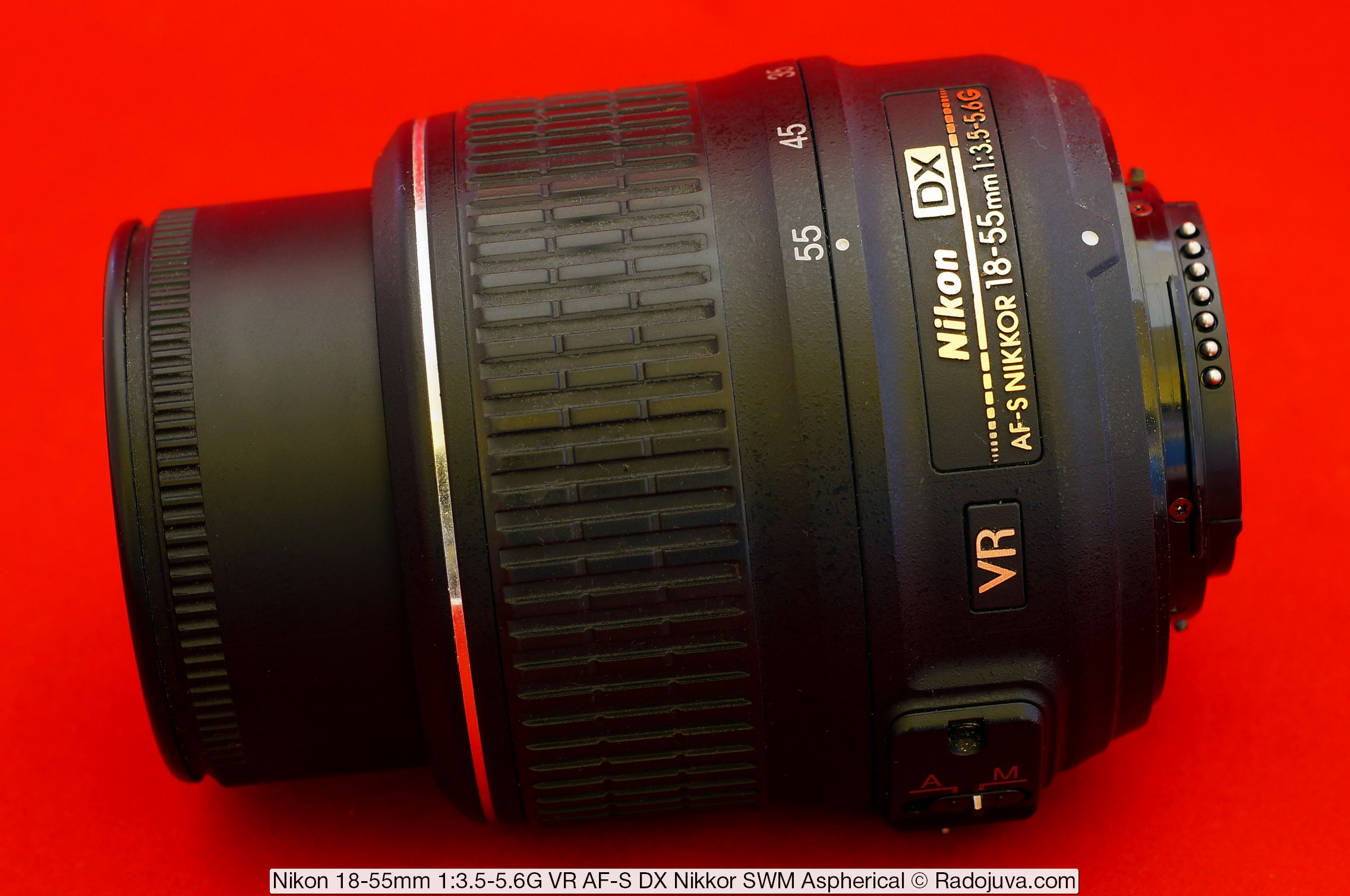
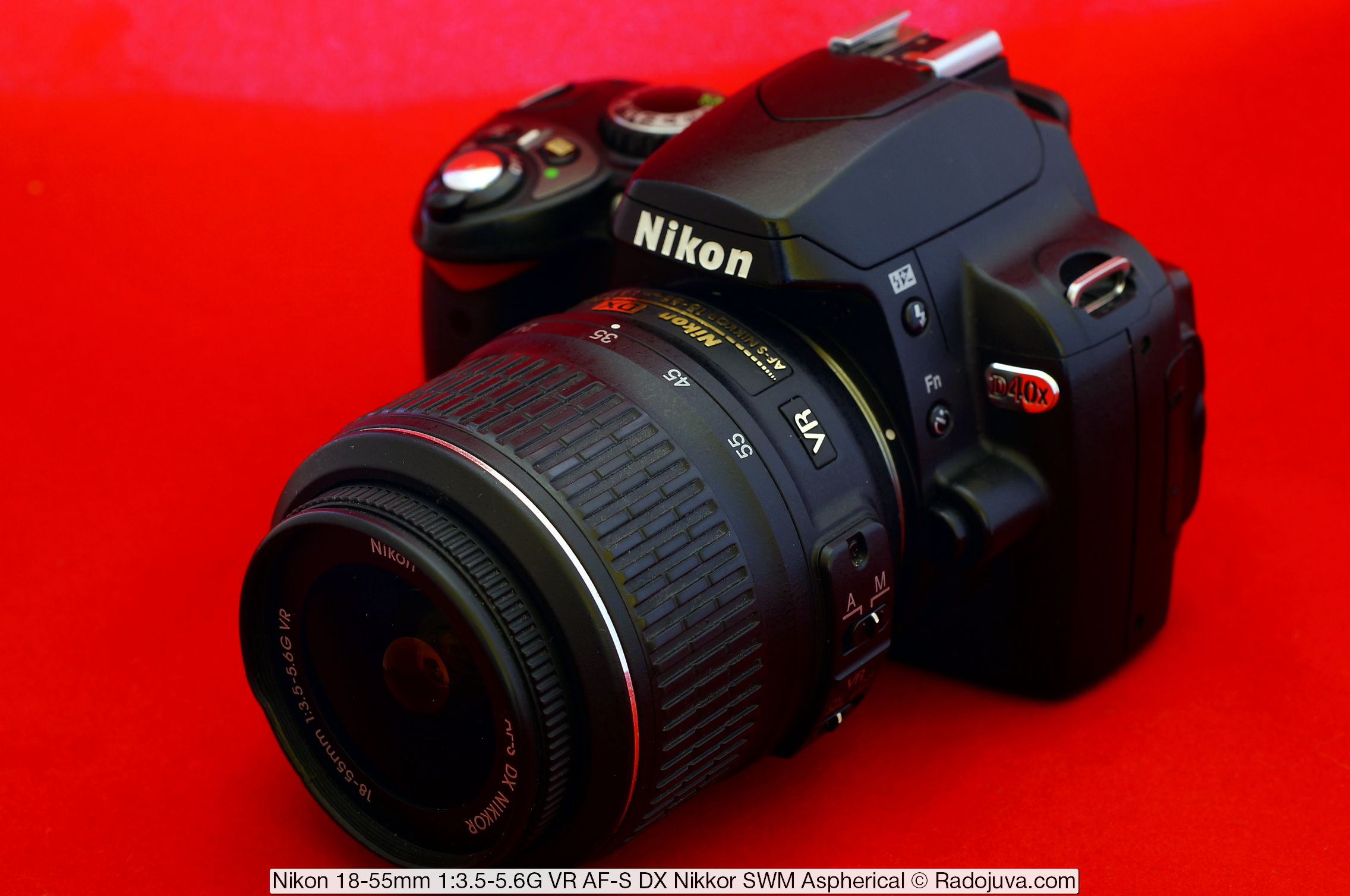
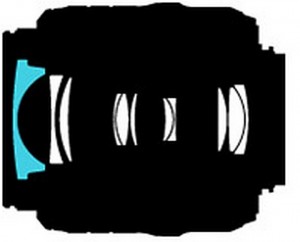
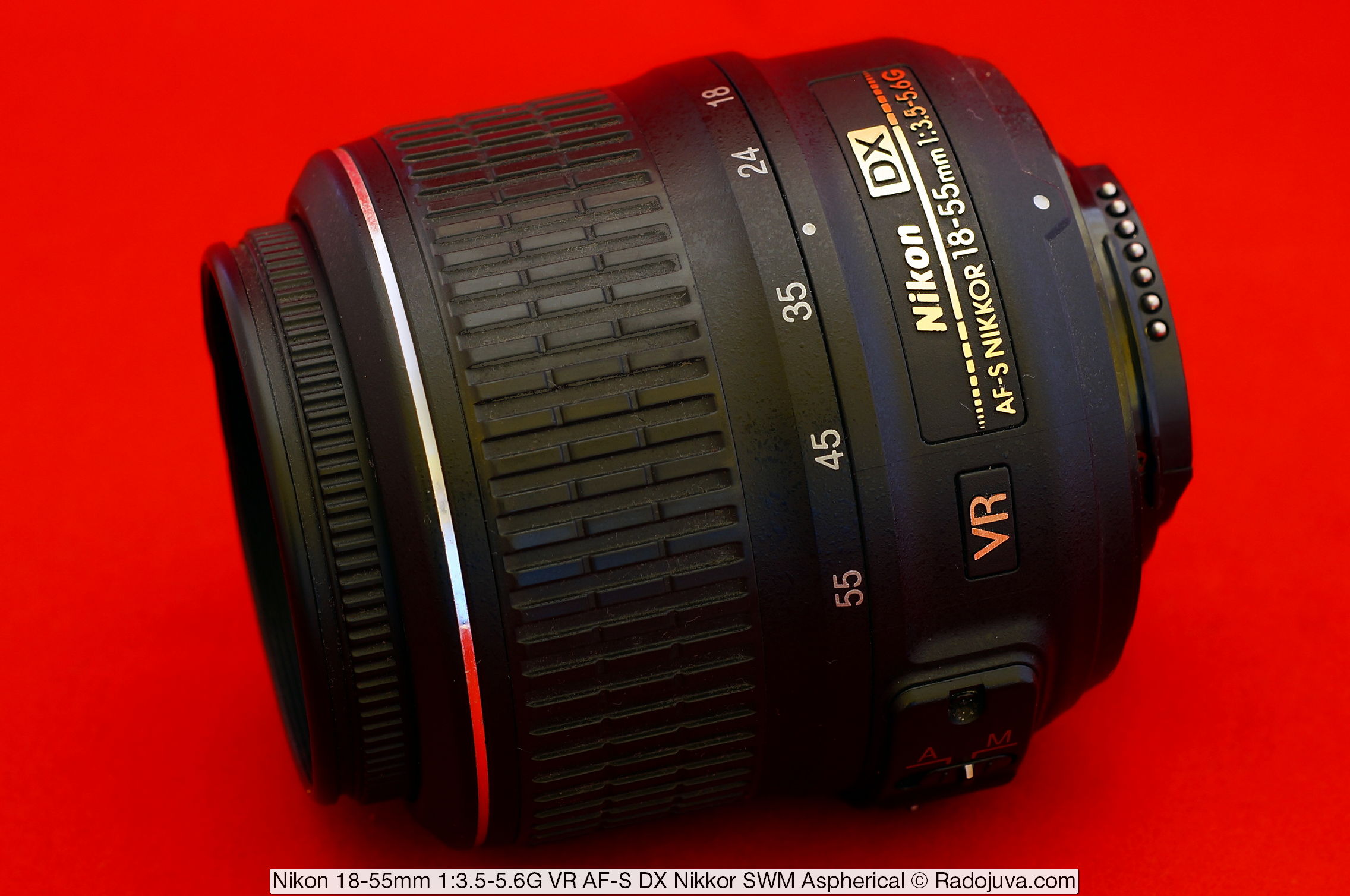
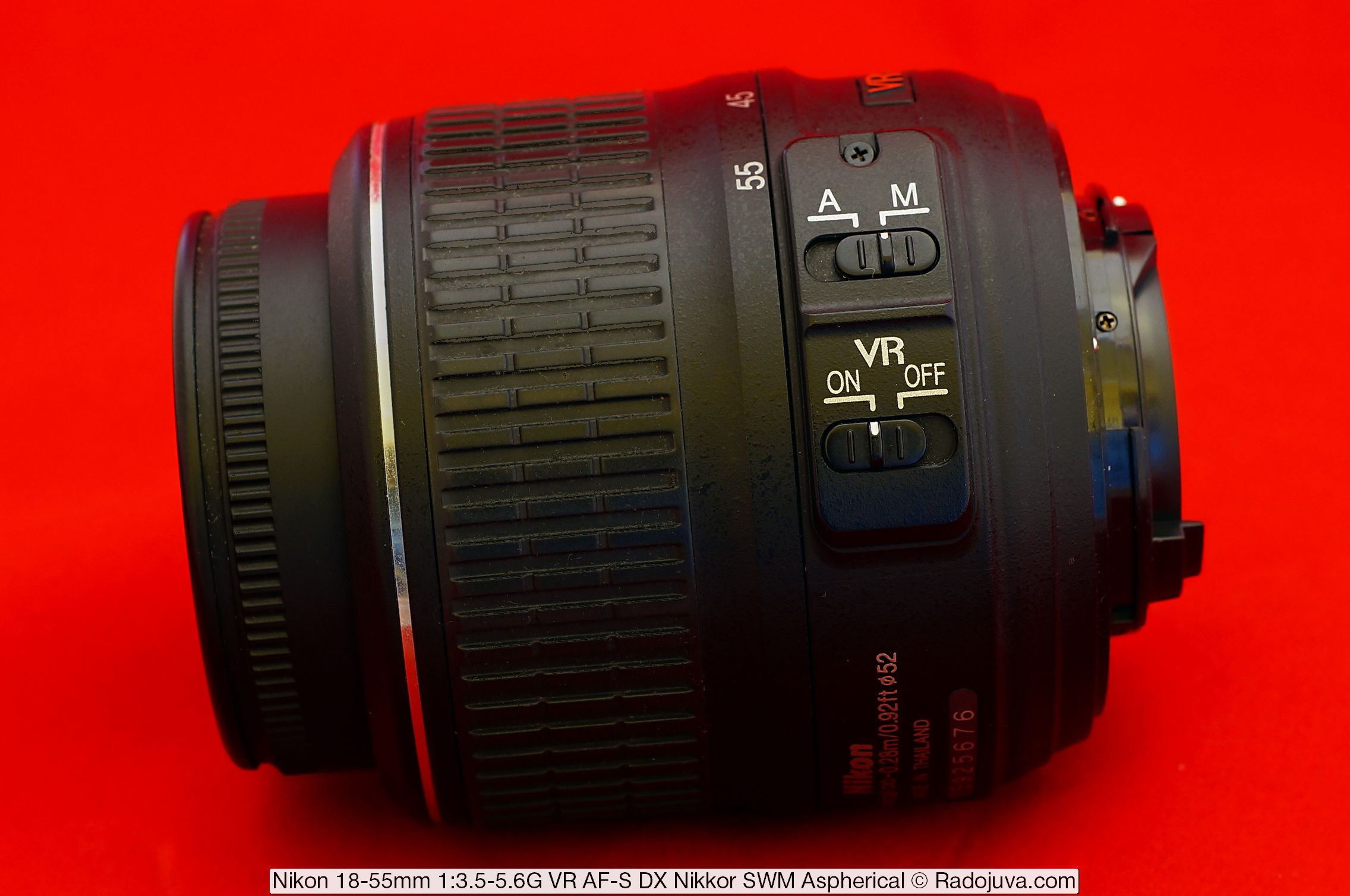
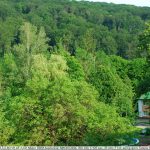

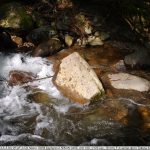
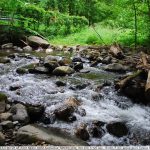
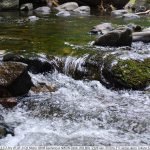
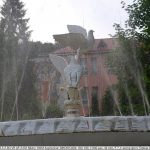
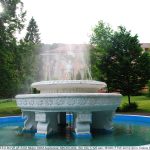
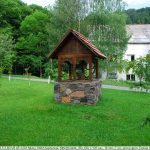


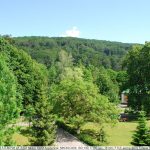


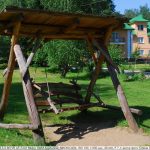
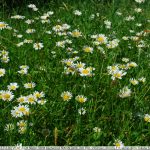
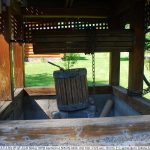

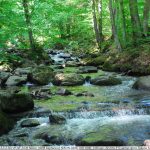
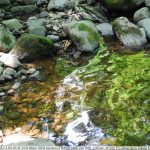

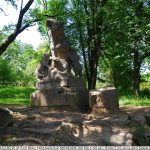
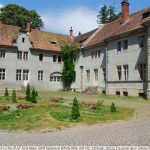
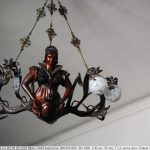



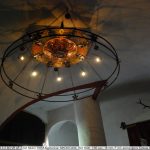




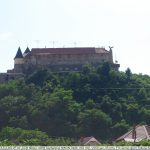
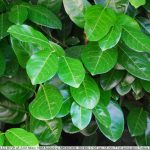

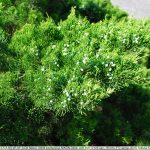

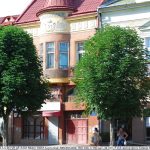

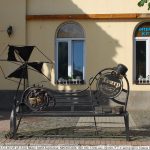
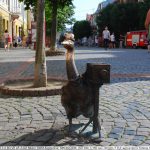
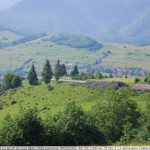

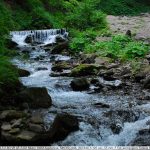
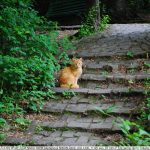




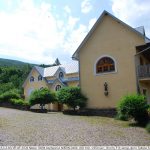

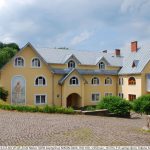



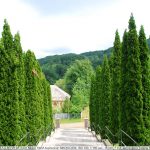
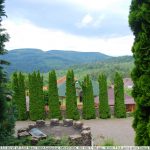


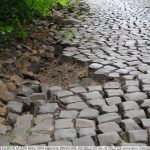

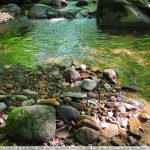
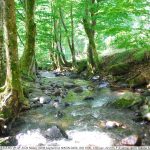
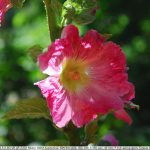

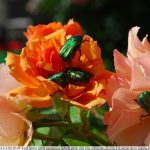
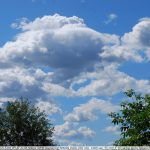
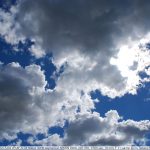

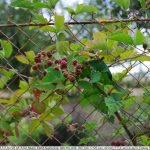

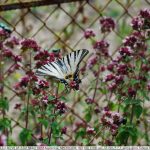
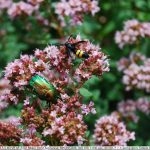
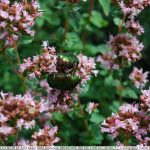
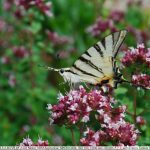
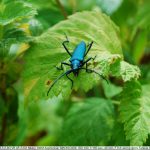
















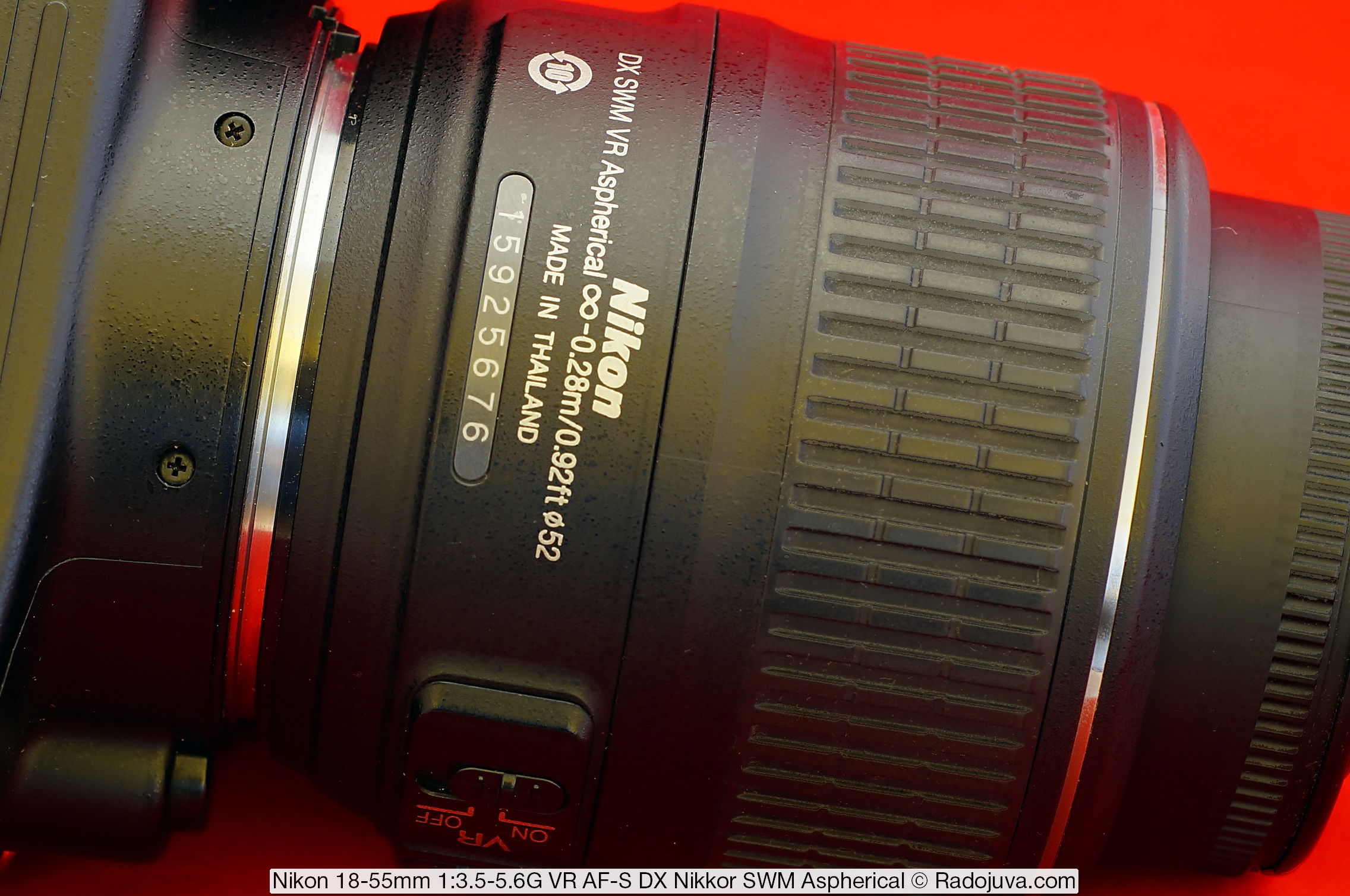
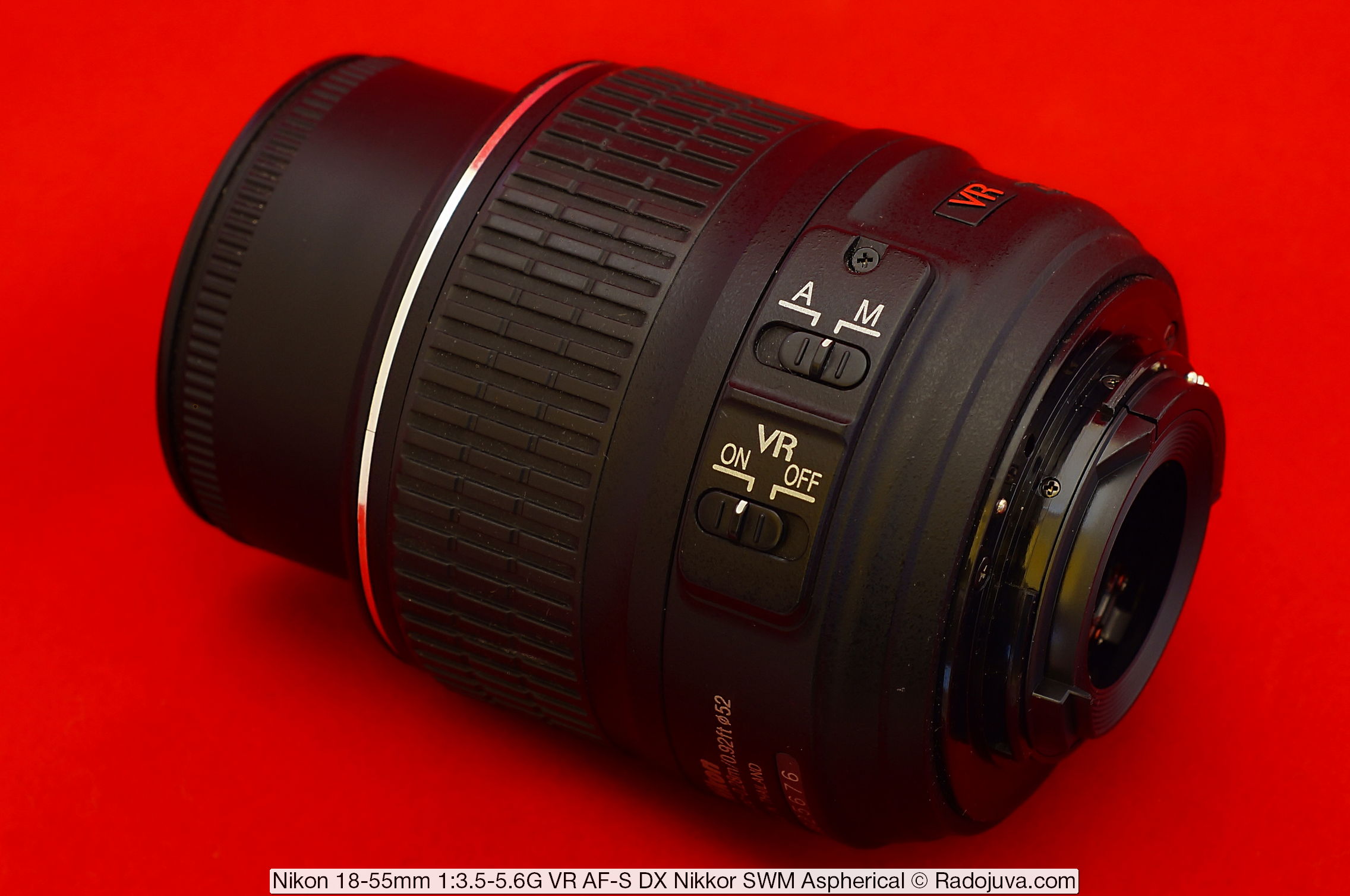

Hello. I Failed 18-55 for Nikon D3200, I began to understand and, alas, only Nikon 18-55mm f / 3.5-5.6G AF-S VR DX Zoom-Nikkor, which are already a rarity, is suitable for it, but is it possible then adapt modern AF-P? I would be grateful for advice on how to get out of this situevina, I live in a small town and on avito we have nothing sensible from the word at all (((
No way. Take this one Nikon 18-55mm 1: 3.5-5.6GII VR II AF-S DX Nikkor, it is newer than this, under which you left a comment and there are a lot of them on sale.
Good afternoon!
Tell me, please, is this lens (AF-S DX VR NIKKOR 18–55mm) compatible with nikon d60? Will all functions work fine?
Thank you!
Yes, compatible, yes, everything will work well.
Thank you!)
Good day! I use this lens for subject shooting, and its resources have already been exhausted ... Tell me, please, is it better for me to change the lens for this type of shooting or is it still a camera (D 5000)?
Hello. Only a lens, fixed like 40 / 2,8 micro, or 35 / 1,8DX.
Hello! Compatible with D50?
Yes, fully compatible.
I love the asset, in short the asset with such a set of functions you don’t know. Ob'ktiv given to the carcass is practical for lack.
18 miles of focus on a wide path.
Autofocus wake up the motor.
Deputy exposition
Image Stabilizer
Minimum distance focus ~ 12 cm
I love my brothers walking. 3x zoom buvaє cinnamon, if lіnі mіnіati ob'єktiv.
https://staf.org.ua/why-i-like-18-55/
"I love її brothers in a hike" - whom are you mali on uvazі. You will not show the photograph))
Vladimir, most likely, she is a lens)))
Many thanks!!! I am a newbie and I am learning photography about your reviews. Very grateful.
Please tell me which lens to choose, so that everything is the same but a little better))) than at 18-55 and sharpness and bokeh. Something universal for Nikon 3200. Thank you!
(Beginner))
Well here Voros, of course, interesting. For bokeh, you need either a relatively cheap fix, or a fast aperture zoom, but more expensive (third-party companies do not count). The first one is best to take 50 / 1.8G.
So I was once advised to take fifty dollars ... for a crop.
Pavel, don’t listen and take Zoom like Sigma 17-50 / 2.8 or 17-70 / 2.8-4.
Then, when you get used to it, you will understand which focal point, where and how to use it, which one is more suitable and more pleasant for yourself, only then you will choose. Buying one fix will not solve the problem of choosing focal ones. It is necessary to take several - which one will later choose with experience, i.e. with time. When there is no understanding, then there is no point in bothering with fixes.
Sigma 17-50 / 2.8 or Sigma 17-70 / 2.8-4
Look at the data on those photos that you like the most. If the photographs are mainly at the focal point 50-55 mm - take fifty dollars. If 30-40 mm - take 35. If there are none, then really what Pokémon advises.
Fifty krop on a crop is good, why, but for a portrait and only for a portrait. And the room is crowded with him.
If a little better, then this: Nikon 18-105mm f / 3.5-5.6G ED VR AF-S DX Nikkor
Look here: https://www.e-katalog.ru/NIKON-18-105MM-F-3-5-5-6G-ED-VR-AF-S-DX-NIKKOR.htm
Many thanks! I look closely at 18-105 or 16-80 but it is already more expensive! Thanks again!
my job https://vitaminyinfo.ru/sites/default/files/styles/inarticle/public/field/image/griby-shampinony-portobello.jpg?itok=auXN0Bxg on Nikon 18-55mm 1: 3.5-5.6G VR, as for me it’s a cool camera for beginners, especially budget.
Hello! For this lens with a D3200 camera, which flash is best suited. For photographing conferences or in a dark room?
Nikon SB-700
Hello! Tell me please. I have a Nikon D3100 camera with an AF-S NIKKOR 18-55 mm 1: 3,5-5,6G lens.
I need a lens for portraiture, and so that I can shoot not only outdoors, but also in a room with good background blur.
Is it possible to connect one of these lenses, will they give blur, as in the room? If possible, through which adapters?
Here are 4 lenses:
1- AUTO RIKENON 1,7 50mm M42;
2- AUTO MAKINO 1.7 50 mm JAPAN Canon EF;
3- PANAGOR 135 mm f / 2,8;
4 - Pressman AUTO 135 2,8.
If so, which and with which adapter? Thanks for the answer)
Hello! Tell me please. I have a Nikon D3100 camera with an AF-S NIKKOR 18-55 mm 1: 3,5-5,6G lens.
I need a lens for portraiture, and so that I can shoot not only outdoors, but also in a room with good background blur.
Is it possible to connect one of these lenses, will they give blur, as in the room? If possible, through which adapters?
Here are 4 lenses:
1- AUTO RIKENON 1,7 50mm M42;
2- AUTO MAKINO 1.7 50 mm JAPAN Canon EF;
3- PANAGOR 135 mm f / 2,8;
4 - Pressman AUTO 135 2,8.
If so, which and with which adapter? Thanks for the answer)
Julia, listing the lenses won't suit you. Best would be a 17-50 sigma zoom 2.8.
Or from lenses from a fixed focal length - Helios 81H, Mir 24H, Jupiter 37a Nikon bayonet. The larger the focal number, the more you need to move away from the subject.
https://radojuva.com/2012/10/lens-mm/
https://radojuva.com/2013/07/nikon-portrait-lens-enigma/
Julia, take Nikon 50 / 1,8G on the secondary (because it’s cheaper up to 2 times), it will be convenient and comfortable.
Arkady! Can this lens be used on the Nikon F100 or on the Nikon F90?
No - it's a DX lens
Greetings, Arkady!
I use this lens exclusively as an available width, only 18mm, paired with a 14-megapixel D3100, and the sharpness is not very comfortable, even on a covered aperture. At the same time, at the long end, which I do not need, sharpness is slightly better at almost any aperture value. Is it possible to take something better in terms of sharpness to replace him, but not for the horse's price tag?
It depends on how much “more”, so much will be the horse price tag. Wide-angle is an expensive pleasure. From cheap-available old Sigma 10-20, Tokina 12-24, Tamron 10-24, Nikon 10-24. You can also try Nikon 16-85 - if you get a good copy - 16mm on the covered one gives a very decent result.
Thank you for the article!
Good all the time of day!
a question arose, here on different cameras 5000, 5100, 5200 and higher, as well as on 30 .., on whale lenses different diameters are indicated, from 52, to 5200 for me, to 58, as I looked at the store on camera 5400 today in the store like. What is the reason for this and what does it affect?
Thank you
Due to the diameter of the entrance pupil. It's just that these are different lenses, different diameters - you shouldn't bother about this
This is the diameter of the lens cap and thread under the filters, this affects it.
This is primarily due to the design and size of the lens.
Thanks for the review. I have such a lens after I fell from the shelf I began to soap in one corner. But bought the same used for only 2000 rubles, for this price just a gift. For landscapes in Crop, what the doctor ordered. And not only landscapes, photos on the trip, when the apertures are quite cool enough, photos at night from a tripod are also very interesting, photos of the interior, architecture. The only minus the aperture, which can be compensated by a tripod and puff. But for portraits of course you need something more serious
All the supplied (kit) lenses are good.
And the fact that they are bad - the wiring paid by the plant, so that your uncle took more money from you.
You can also see on all photo sites - admins specially hang the darkest and worst photos for inexpensive glass, and the most successful bright and light ones for any expensive dregs for 80tr.
Go to any site of photographers, not “reviewers-advertisers”, choose an average price for a carcass - and you will find millions of SUPER successful and cool photos taken with complete (kit) lenses that hammer all these glasses for over 80k in the ass.
I had 10 glasses of different prices - for the sake of interest I rented, changed, bought, etc.
He sold everything except Keith - Keith tears L-ki for 80k, there is no other need for them, if you do not take pictures for money and mostly in the dark, or show off in front of clients to sell better again.
The whole difference is always in the carcass and the photographer.
Whale rips L ~ ki for 80k?)
Wow! Someone started the evening earlier than most.
Apparently it went well.
And you are probably going to hypocritically assert that something for which they ask a lot of money is always a priori the best?
I join the author of the post.
On Whale, you can and should take absolutely wonderful photos.
The only negative of the whales is the luminosity.
And nothing more.
Um ... And constructive. And the focusing speed is quite often (USM is better than STM and especially this creepy buzzer ... ArcDrive?) And edge sharpness. And sharpness in general. And bokeh quality. And chromatic aberration.
In most cases, more expensive speech is better. Not the fact that a multiple is better than price increases, but better. If this improvement is significant for you and you are ready to pay for it.
You can shoot. But what’s more expensive is still better
It depends on what tasks. You may not take a portrait. But as a lens for travel, landscapes justifies itself. It is no coincidence, by the way, it is with the purchase of an amateur camera that they complete a set. It's like learning from a simple front-wheel drive car. It is always better to learn from something simple, first gamma. Without having worked with less universal technology, how to feel all the advantages of expensive?
I'd like to recommend it as an additional zoom for trips. He is, in fact, quite sharp.
A slight blur with it (not on facial portraits, of course, for nature and colors, objects) can be achieved by reducing the focus distance, as can be seen from the gallery in this review.
Just recently recalled the first trip with him. It is a pity that the photos were not preserved in the original resolution. I didn’t understand the dangers of overestimated ISO, and the photos could have come out noisy, and there were problems with the composition and the horizon. But overall, give an idea
Light and color reproduction are also accurate.
Photo too overexposed disfigured by the reactor. Unfortunately(
On Sonya I shot with a whale, when I didn't even know that the lens was detaching from the camera.)) I clicked for a couple of years, then I found out about GLASSES ... I bought Minolt and Sonek, changed them like gloves, sold, bought ... And then somehow I looked in to see my photos from old travels and was amazed at the quality of the glass, which was “whale”. Then I tried the 18-55 kit a couple more times, but it was not the same. All the same. there is a variation in quality. The first whale was a mastef. So you can and should shoot a whale if it is perfectly assembled. And whale 18-135 on Sonya's crop in general (according to my observations) in the center of the frame tore the fixes, no one on the forum believed it.) By the way, the other day I again compared it with a fix, the difference is 100% wildest. Not tore, of course, but also almost as sharp. So much for the whale.
Well, you won't say that a telephoto lens for shooting distant objects is a cheap show-off. After all, whale lenses are also different. Unfortunately, I would like the first zoom lens to be with FR over 100
Does the lens have a really flat front surface, or is a filter wound?
And what should this lens have?
The surface is almost flat and close to the front overhang. On Helios-44 the lens is deeper and convex)
No, slightly convex.
Not much - I would say.
The front lens on my copy is noticeably loose. Is that so for everyone?
No
Depending on what is considered “perceptible,” the concept of perceptible backlash is different for everyone.
And everyone has a backlash, simply by virtue of the design.
Hello. Guys have such a lens in a state of almost new. The problem is that autofocus does not tighten to infinity by about 2-3 degrees. When switching to manual focus, it is freely, effortlessly screwed up to the end. Especially pronounced at 18mm, hence at all focal points past. There is no point in carrying it to the workshop, they will be robbed, it is not worth it. Dismantled, looked at the UZM and the gearbox, they look brand new and clean. I thought about disassembling it from the side of the tube, but changed my mind, since there is no tangible backlash, and in manual focus everything rotates freely. Can you give me an idea, I will be grateful.
Helicoid position sensor is lying
Michael, can this be corrected somehow? If so, please tell me how, it will just be expensive to carry it to the workshop again.
Arkady, this particular version of the 18-55 lens, according to Dxomark, has zero distortion with 35 mm and 55 mm each. This can also be added to the pros. There are a bunch of more expensive zooms that do not have such a feature.
thank you
Will Nikon ED 18-55 GII with disabled autofocus work on Nikon j1 in M mode? The adapter is ordinary Chinese.
If the adapter has a projection for aperture jump on the lens, it will be in manual focus mode and with manual exposure. Of course, always when the aperture is fully open.
What is the point of such use?
Offered for 10 ye. So I'm trying to understand whether it makes sense to be perverted. Whether the adapter will allow the diaphragm to work - I don't know.
Thanks for the review. I read it when I bought it. I bought a completely new one on Avito for a ridiculous amount of 1200, in a package. I took it for a walking 3300, for cycling. The quality is excellent and the most important thing for me is that the damn Lock button is missing. This is also a huge plus. I turned on the camera and shoot, but I had 3200 from 18-55 with a button, you constantly need to unlock the lens. The stub also works great. Sin for such a sum was not to take.
Hello. I bought this lens already in this condition, not expensive, I thought I would fix it myself. Dismantled, inside everything is clean, like new, there are no visible damage, nothing backlash. Help with advice “in which direction to dig”. I am attaching paired frames with a working lens of the 2nd version. Filmed with a tripod in live view with manual focus. The first two frames are crop, the third is full size at 35mm. On the full size, you can see that the subject is 35mm noticeably wider and for some reason only on the right side. The upper frames are working, the lower ones are subject. Thank you in advance.
What you are going to dig is not clear. Most likely, they knocked down the alignment of the lenses during assembly and disassembly or impact. This product is not worth the hassle.
So I wanted to know which of the lenses is most likely responsible for this behavior.
55mm